Making Your Own Bread
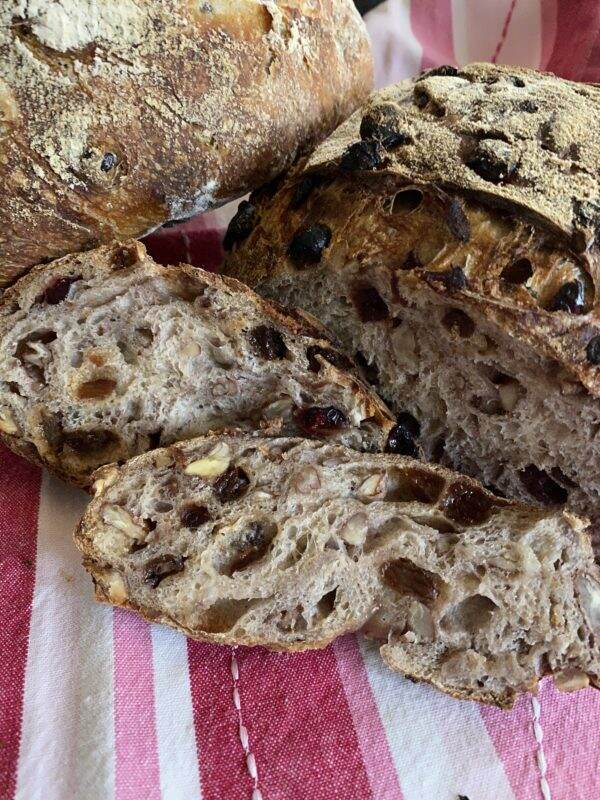
Currently, if you don’t make your own bread, you are probably thinking that making your own bread requires too much time and hard work. Not true! There are ways of making your own bread that suit every schedule and lifestyle.
During the pandemic and being sequestered at home, more people are learning about making bread. You can too.
No-Knead Version
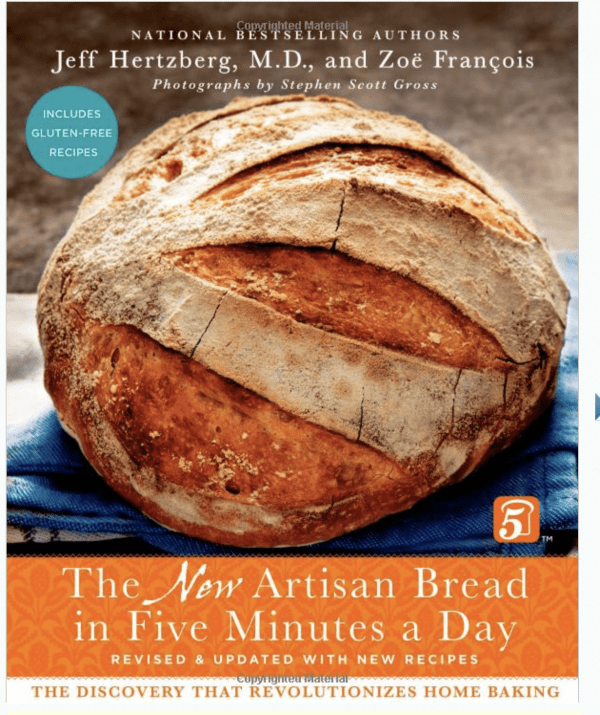
It doesn’t get any easier than this. Revolutionized in 2008 by the book Artisan Bread in Five Minutes a Day (here), you can make artisan bread with minimal effort.
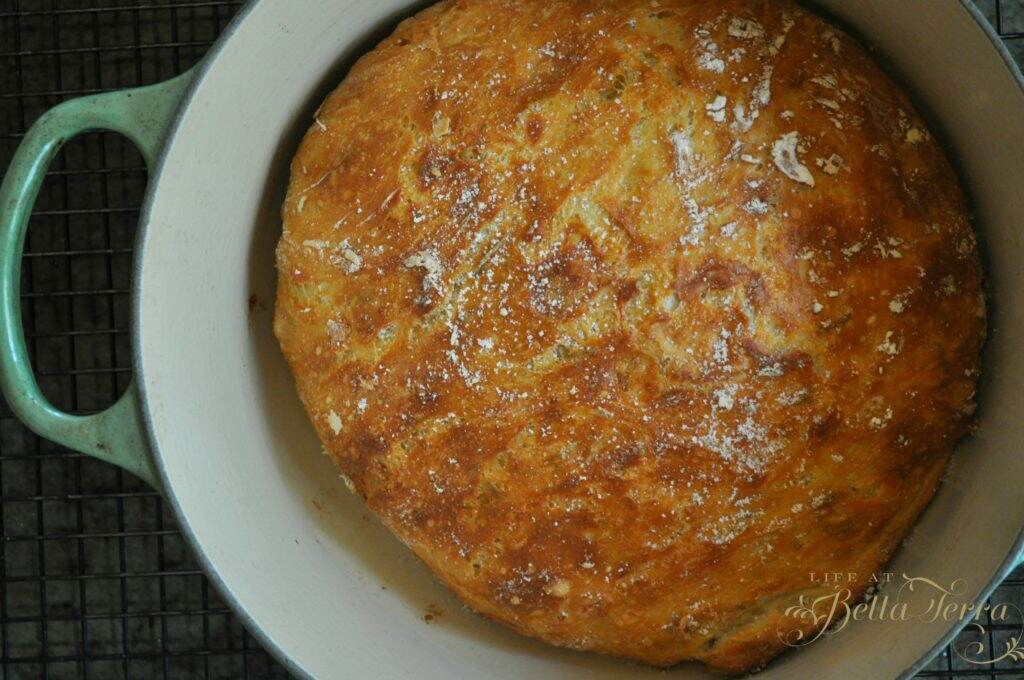
It is as simple as tossing flour, yeast, salt and water into a bowl. Mix to create a shaggy mess and leave alone for 12-16 hours. Form into a ball and bake. See my detailed blog on Making and Baking a Simple Bread post here.
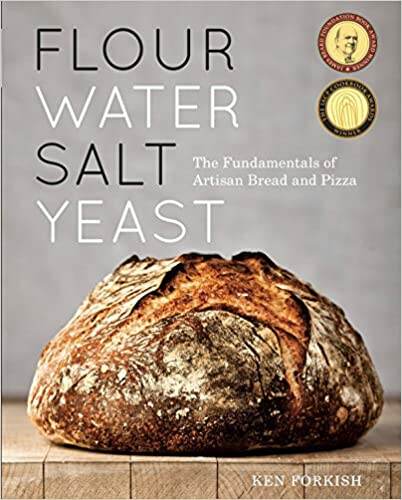
With this toss it and leave it recipe, you can add other ingredients too if you’d like. Another book recommendation is from my friend, Rick. He loves the best-selling book, Flour Water Salt Yeast by Ken Forkish (link here).
Sourdough Starter
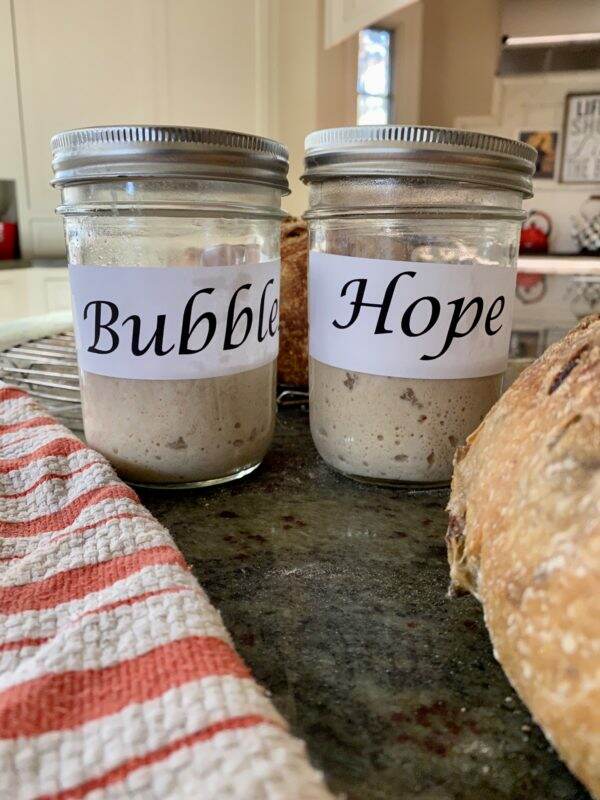
Using sourdough starter is how I make my bread. The process is much longer but I enjoy scheduling this into my week. The evening before I make the leaven (sourdough starter, flour and water) and let it sit overnight or at least 12 hours.
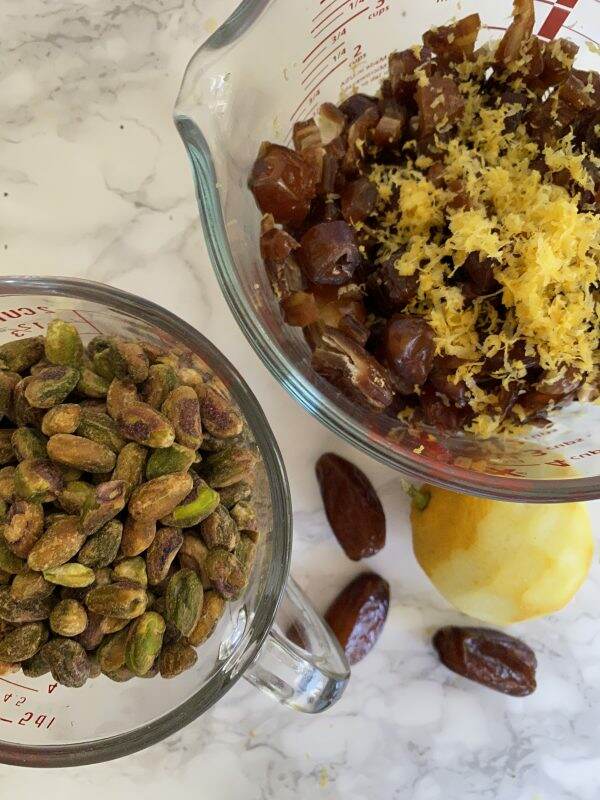
The next morning I create the dough, which consists of leaven, flour, water and salt. During the rise, I add other ingredients. The rising process begins and generally by late afternoon I am baking bread.
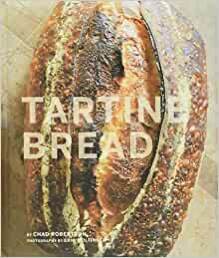
The ONLY recipe book I currently use is Tartine Bread by Chad Robertson (link here), mostly because I love the very detailed tutorial photos. I’m not confident enough yet to branch out to other styles of bread baking.
The benefits of sourdough bread far outweigh the work. I typically make Lemon, Rosemary and Gruyere or with a dried fruit (cherries, cranberries) and a nut (pistachio or walnuts). Plus I love one with black/green olives, lemon zest and walnuts! Sometimes I make one loaf and use the rest for fresh pizza dough.
Since we don’t eat a LOT of bread, the loaves get sliced and put into the freezer. Perfect for morning toast.
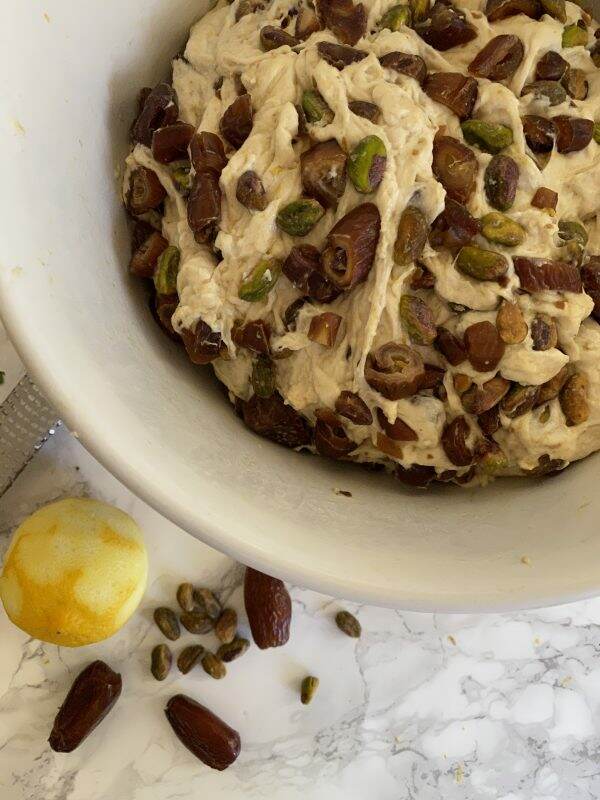
Sourdough bread is a great alternative to conventional bread. Its lower phytate levels make it more nutritious and easier to digest. Sourdough bread also seems less likely to spike your blood sugar levels, which makes it an option for those monitoring their blood sugar. As a result, I rarely use commercial yeast anymore.
For another post on Sourdough Starter Basics, click here.
Other Methods

Even though I do own a bread machine, it is collecting dust in my basement. I love personally interacting with the dough and watching it transform over time. However, I did use the bread machine when the children were younger as they loved coming home from school to the smells of freshly baked bread.
Apparently you can also make bread in your crock pot. Again, this is something I have never done. But if you try it please let me know. Here is a link to Kitchn’s recipe.
Mental Health Benefits of Baking Bread
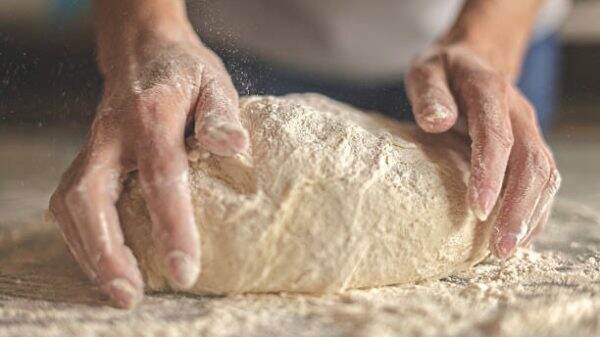
According to the Huffington Post, in 2017, five people who were mental health residents at Bethlem Royal Hospital in London spent six two-hour sessions baking bread by hand and answered weekly questions about how they felt. They reported feeling happier, creative, and having a sense of achievement. They also revealed that baking bread made them feel more relaxed and less anxious, and that they had a sense of purpose.
I know when I feel out of sorts or stressed, I put on my apron and start baking or cooking. It truly is better than snapping at someone.
Tips for Successful
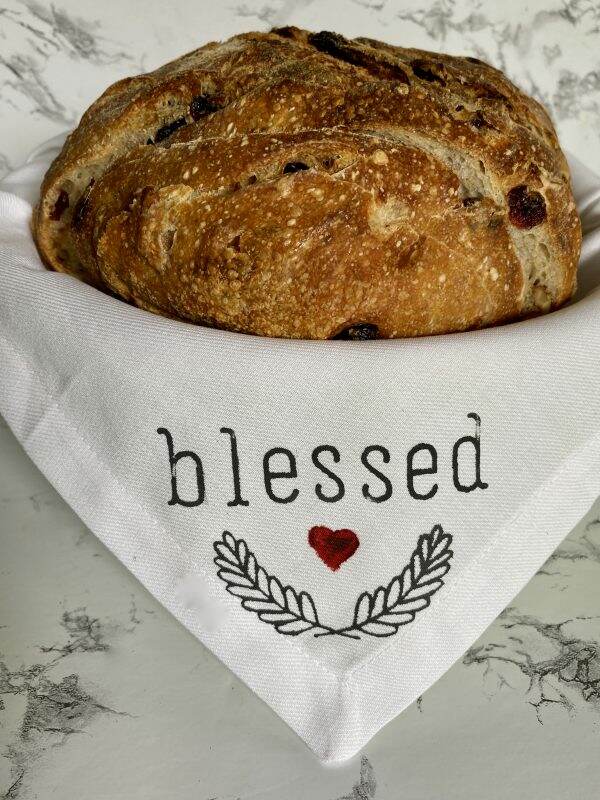
Since I have been making bread from scratch for a few years now, I have experienced both success and failure.
One loaf was rather flat after baking. I reviewed all my steps and knew I made it correctly. And then I looked at the bag of flour which was in the freezer. It was dated 2013! How gross is that, especially since it was 2019.
Make sure all ingredients are fresh
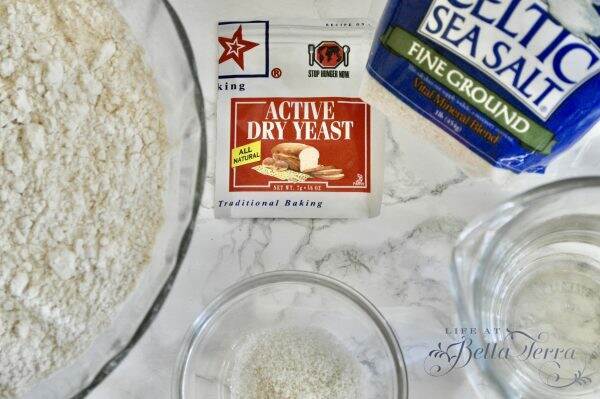
Make sure ALL your ingredients are fresh, especially if you are using either fresh or dried commercial yeast. Check the expiration date. Since yeast is a living organism, it loses its potency and ability to rise over time.
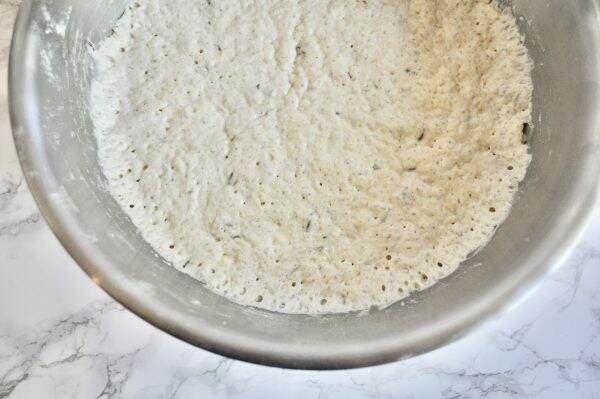
One way to find out if your yeast is stale is to sprinkle a small spoonful over very warm water (not boiling or hot), then sprinkle sugar over the yeast. Do not stir. Cover, and wait ten minutes for the yeast to rise and become frothy/bubbly over the water and sugar. If it does, the yeast is active.
Flour has a long shelf life but generally goes bad after 3–8 months. I always freeze my flour. Freezing flour doesn’t affect its qualities if you let it ‘come back to life’ before using. If you use cold flour to bake, your baked good won’t rise. They may also turn out heavy and rubbery.
Why Temperature is Important
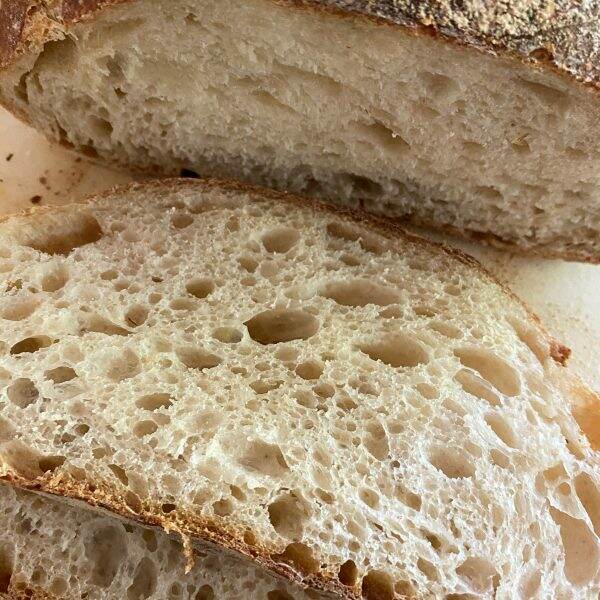
Check the temperature of your water before you add it to the yeast. Too cold and the yeast will not activate. Too hot and you will kill the yeast.
Room temperature is equally important. Too cold and your dough will not rise. Double check your recipe for room temperature suggestions. During the winter our kitchen is always cool; but we have the opposite problem in the summer. Drafts and changes in temperature will affect your rise.
Salt and Yeast
After watching too many episodes of The Great British Bake Off, I noticed Paul Hollywood always recommends putting your salt on the opposite side of the bowl from the yeast. Salt can retard yeast growth.
Makes Great Gifts

My neighbor recently had a large flood in her home, resulting in significant damage. Feeling rather helpless, I baked a loaf of my sourdough bread. Coupled with a jar of homemade apricot marmalade, I dropped it off to share my sympathies for their crisis. What better gift than comfort food?
I love getting homemade gifts. Not only do you receive something lovely, but knowing someone spent the time, energy and effort to make it, is priceless.
It’s Never Too Late to Start
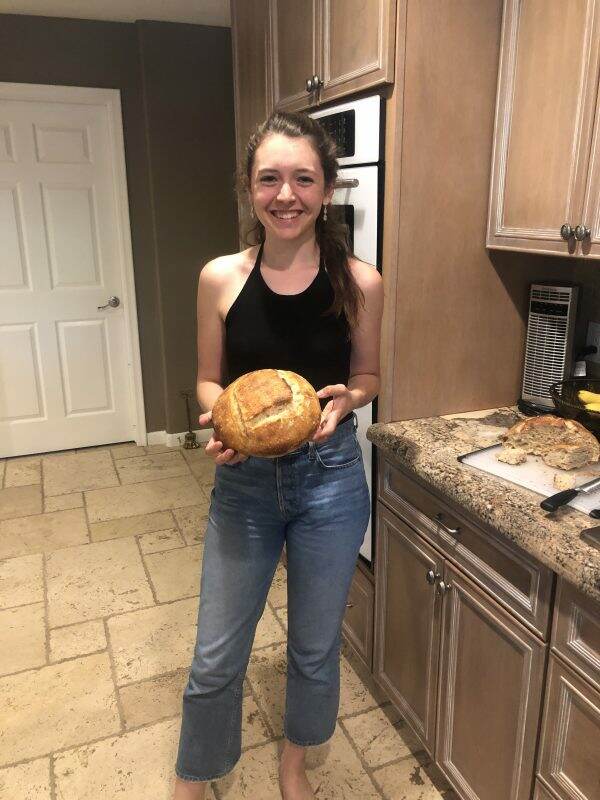
Last year I shared my sourdough starter with Ursula. Ursula is the same age as my sweet Elisabeth, and they attended grammar school together. From what I hear, Ursula is an avid bread baker. Such a wonderful lifelong skill. Just think about it: with four simple ingredients you can feed others. Amazing!
I hope this post is encouraging you at least try making bread at home. Here is why: it is satisfying and rewarding. In this crazy world where few things feel good right now, I feel pure joy when I pull a loaf out of the oven.
Please share any bread making experience you have! I would love to hear your stories.

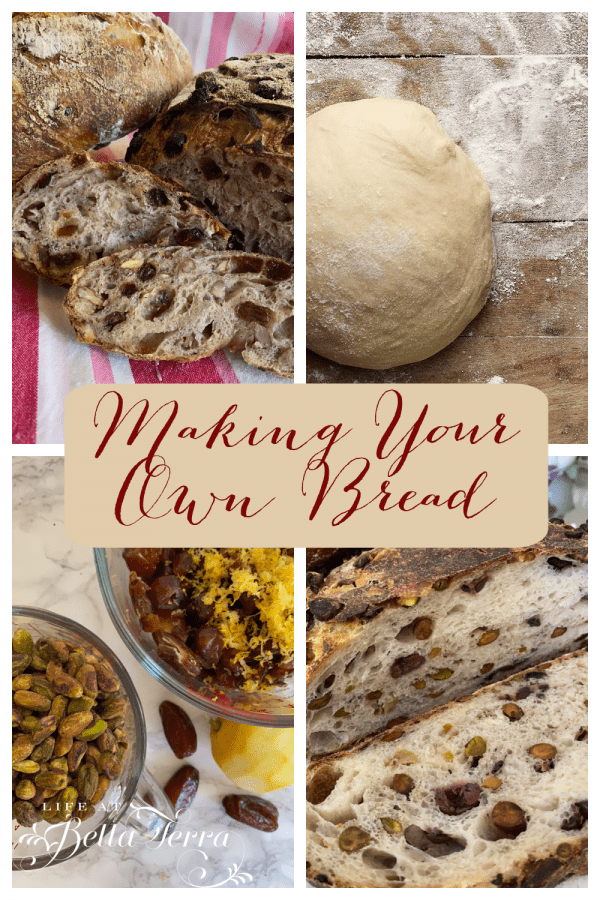
Just a reminder that any words that are italicized bring you to the source. If it is a product on Amazon, please note that I am an Amazon Affiliate. If you purchase something through my website, I receive a small (very small!) stipend, which doesn’t affect the price you pay at all. My goal is to make sourcing the items easy for you. Thank you for your continued support.



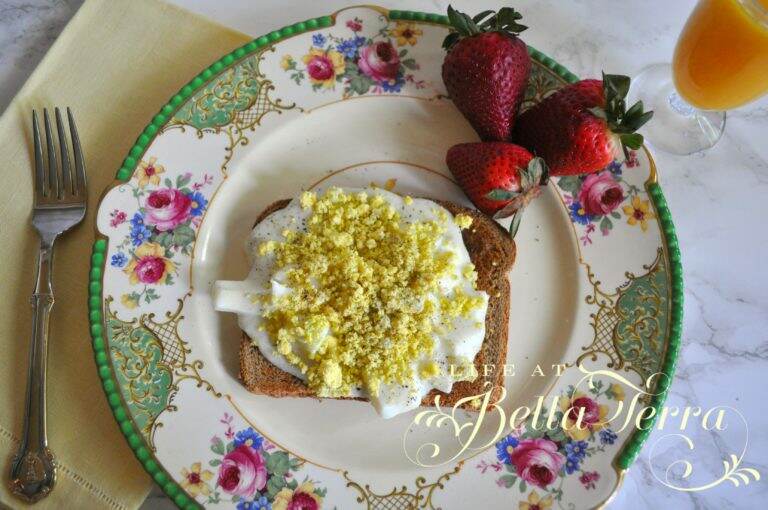
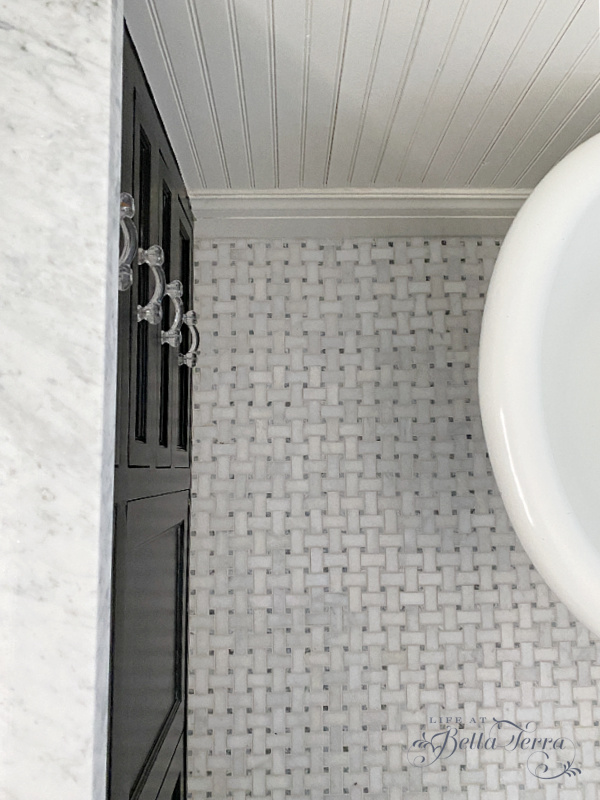


Thank you for sharing this…I’m going to check my flour too.
don’t eat much bread…but the ability to freeze will keep me in toast for awhile.
Also, such a kind gift to your friend with flooding problems. Nothing beats
comfort food during a crisis.
Really enjoy all your post and for detailed explanations, pics. Please keep them coming!
Thank you for your sweet and kind comments. Yes, I tend to freeze everything because without the children home, food stays around a lot longer!
MY ITALIAN MAKES BREAD IN HIS PIZZA OVEN!
WE FOUND OUT RECENTLY IT FREEZES WELL TOO……..SO INSTEAD OF GIVING IT AWAY WE ARE HOARDING IT!I CANNOT EAT IT SO IT LASTS A WHILE FOR ONE PERSON.
NOTHING BETTER THAN THE SMELL OF HOME COOKED BREAD!
Great tip on how to check if yeast is active–I did not know that. Nothing better than homemade bread!
By now you know of my love for sourdough. Reading your post has put me back in the “I’ve got to bake some yummy sourdough” mood. Thinking back I realized I haven’t baked any since moving here from NYC in 2003! I haven’t even finished unpacking all my baking stuff packed in boxes for that move! (Please don’t hate me for being that unorganized!!) Once I get caught up from the seven days of no power in 23 degree weather I’m going on a sourdough quest to dig out the baking stuff I need and get going. Yours always looks so wonderful. I have never baked a savory loaf with olives, Thinking that will be my first adventure! Thanks for sharing the love and inspiring me!
Hi Mary, I’ve been baking bread since the 70’s being taught by a wonderful bread guru. And now I enjoy baking those no-knead breads that are so easy to do. Being from Portland, OR, I wanted to say that we here have enjoyed Ken Forkish for years. He owns a very popular bakery, plus other eateries, that makes the very best morning buns…amazing croissants with special ingredients. I highly recommend Ken’s book, FLOUR WATER SALT YEAST to everyone. Miss you and Scott!
Just what I needed to brighten my day………….
I am making my weekly trip to grocery store tomorrow and I have already checked my supplies.
All I need is the salt you recommend.
I have vowed to finish my taxes today to take to accountant tomorrow. This has been taking me too long this year since I get distracted easily. Too much stress of trying to get a vaccine shot, it is not easy in Maryland.
I cannot wait to try this. Thank you for the detailed instructions. Have a truly Blessed Day!
Patricia, any salt will work. I’ve used regular salt, sea salt so don’t feel like you need to get a specific brand. Also, I do bake mine in a Dutch oven. I have a Creuset 5.5 quart one, but any Dutch oven will do. I heard Costco has a 4 and 8 qt. set for a reasonable cost. Good luck! Let me know how it turns out! I haven’t even started taxes yet….ugh.Fortunately, Arizona has done a really good job with the vaccine. I hear it’s been rather easy to get one. Haven’t done it yet as I don’t meet the age criteria for distribution right now. Hopefully your taxes are done soon and you are able to get the vaccine.
Yum! It looks and sounds amazing! My mouth is watering. You talents are endless.
Blessings to you
Thank you Renae!
I feel so lucky that I got to see you make this in person, and it was amazing! I’m going to have to try to make some myself, would love to do it with you teaching me in person 🙂 Perhaps a cooking course is coming your way???
Ooooh! Yes a bread baking class! That would be such fun. Maybe our next year get-together??